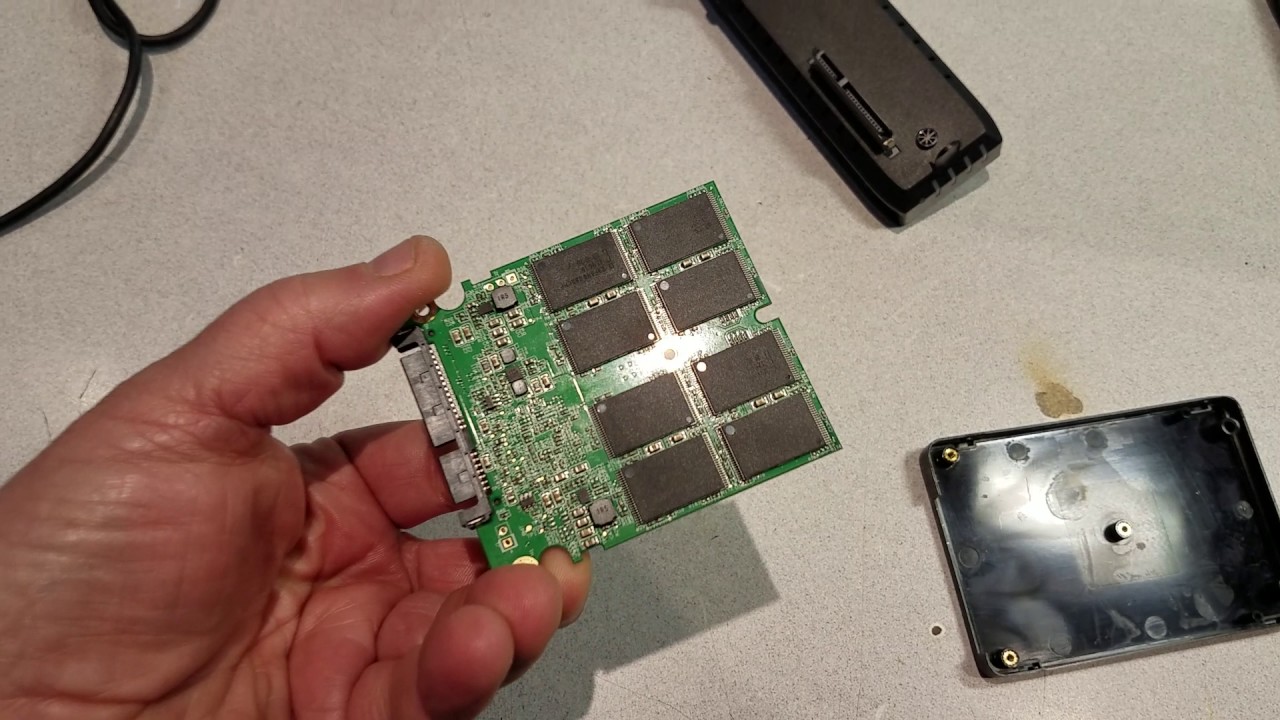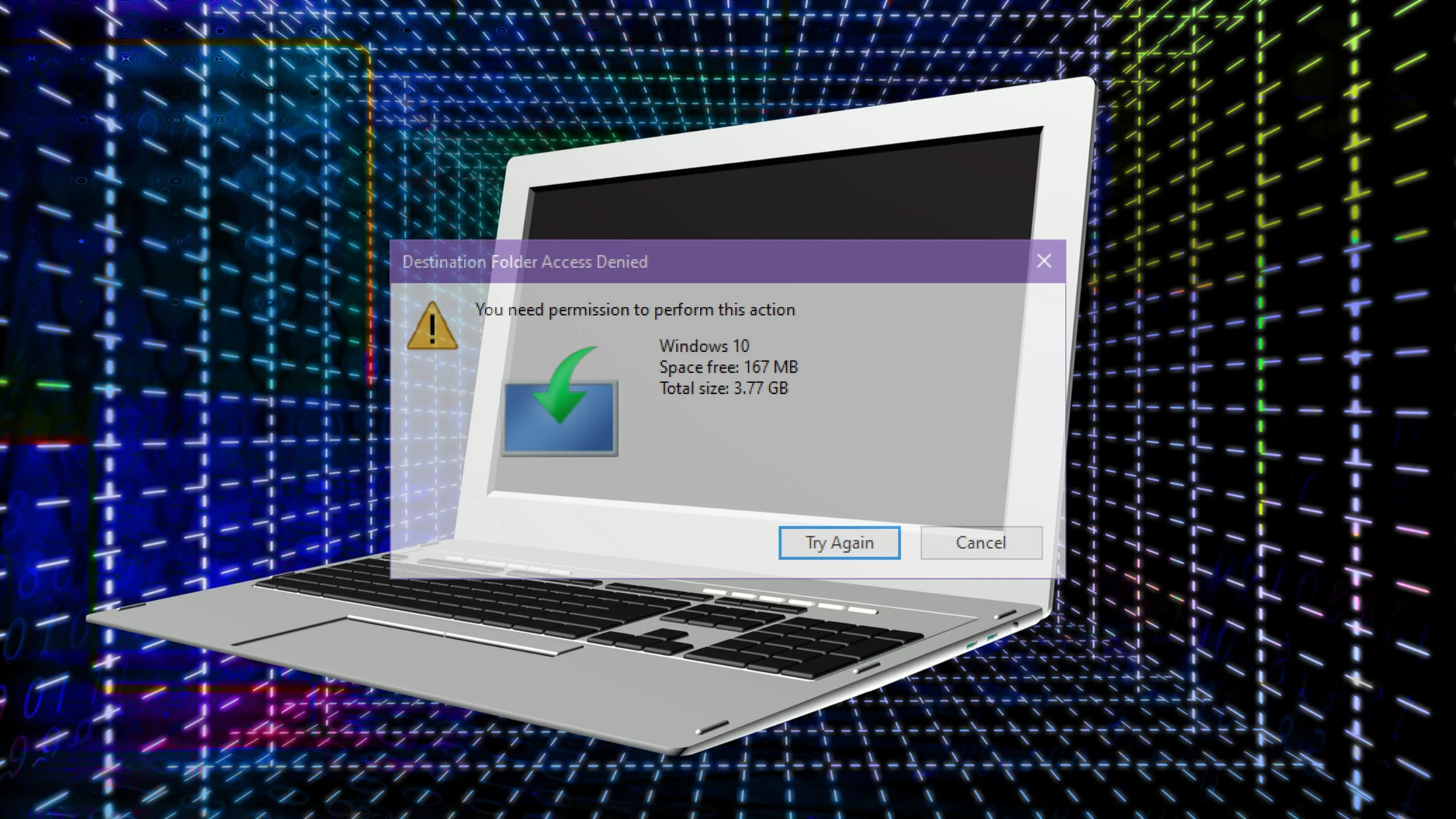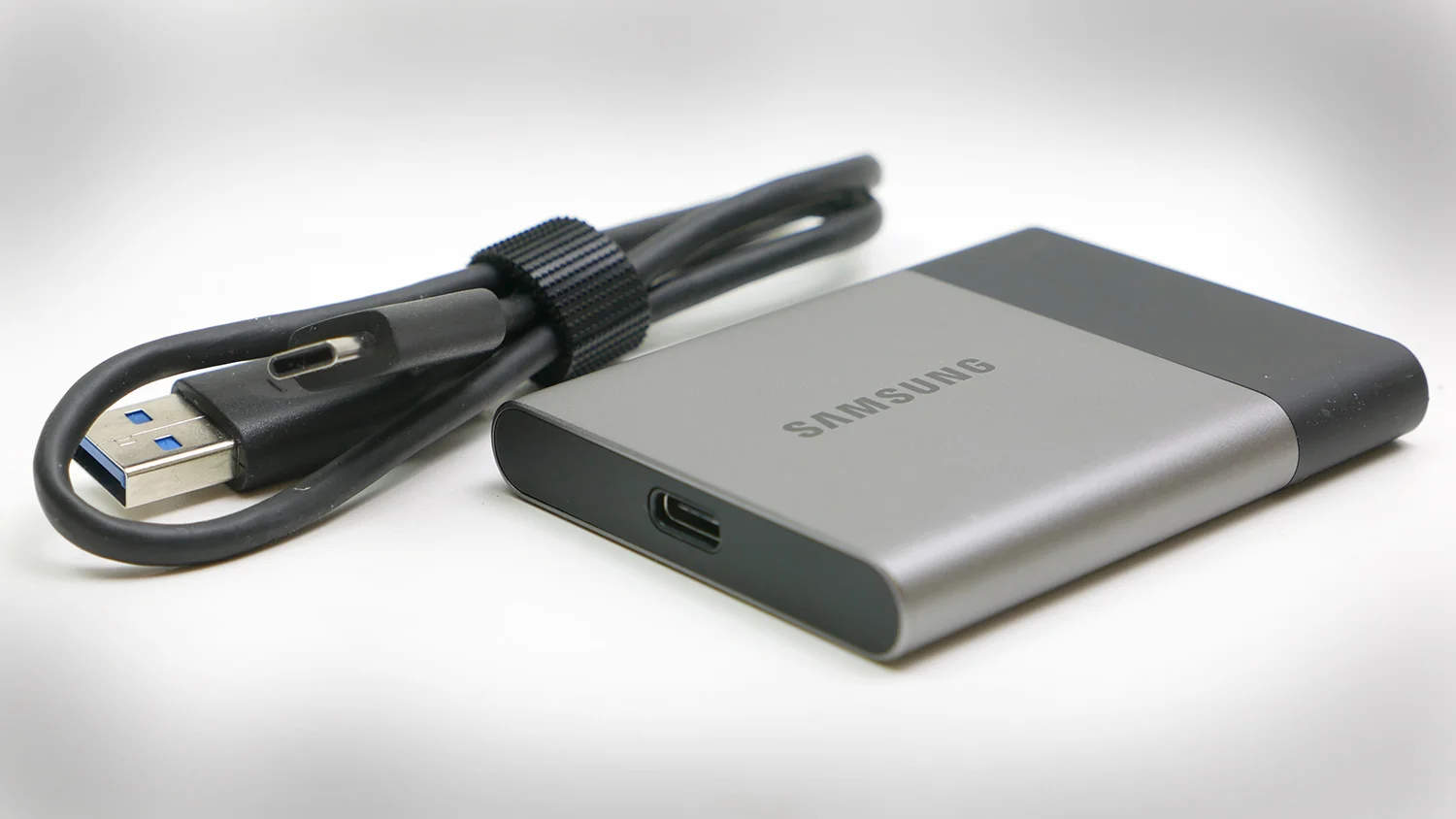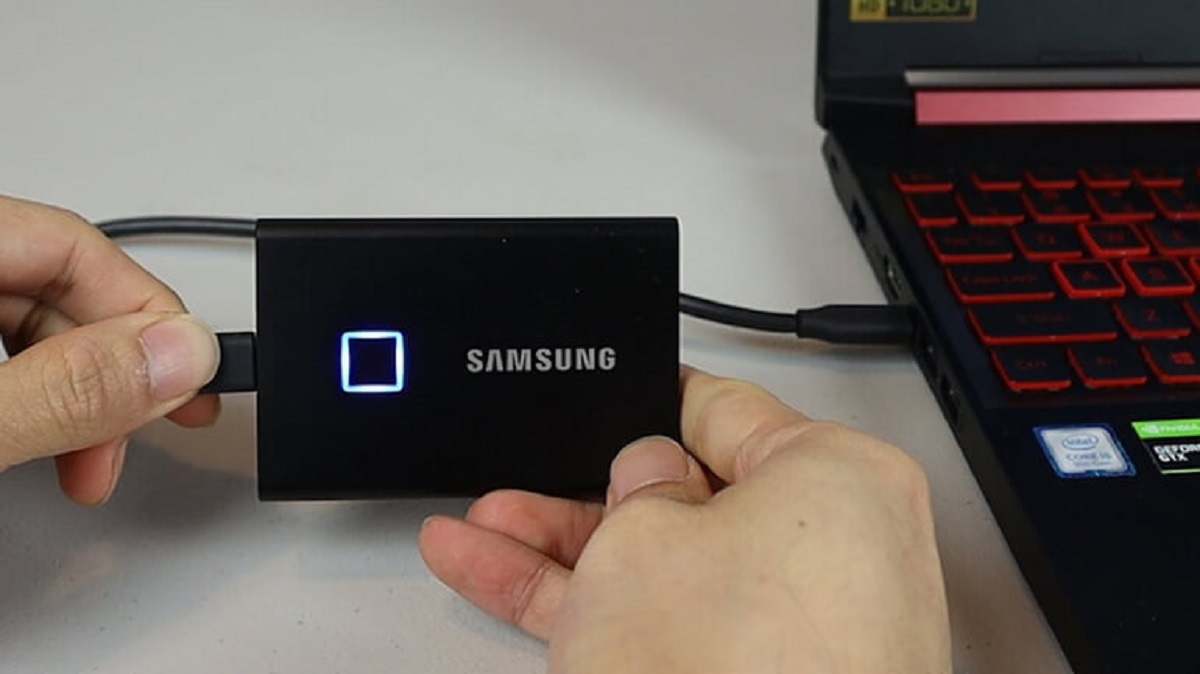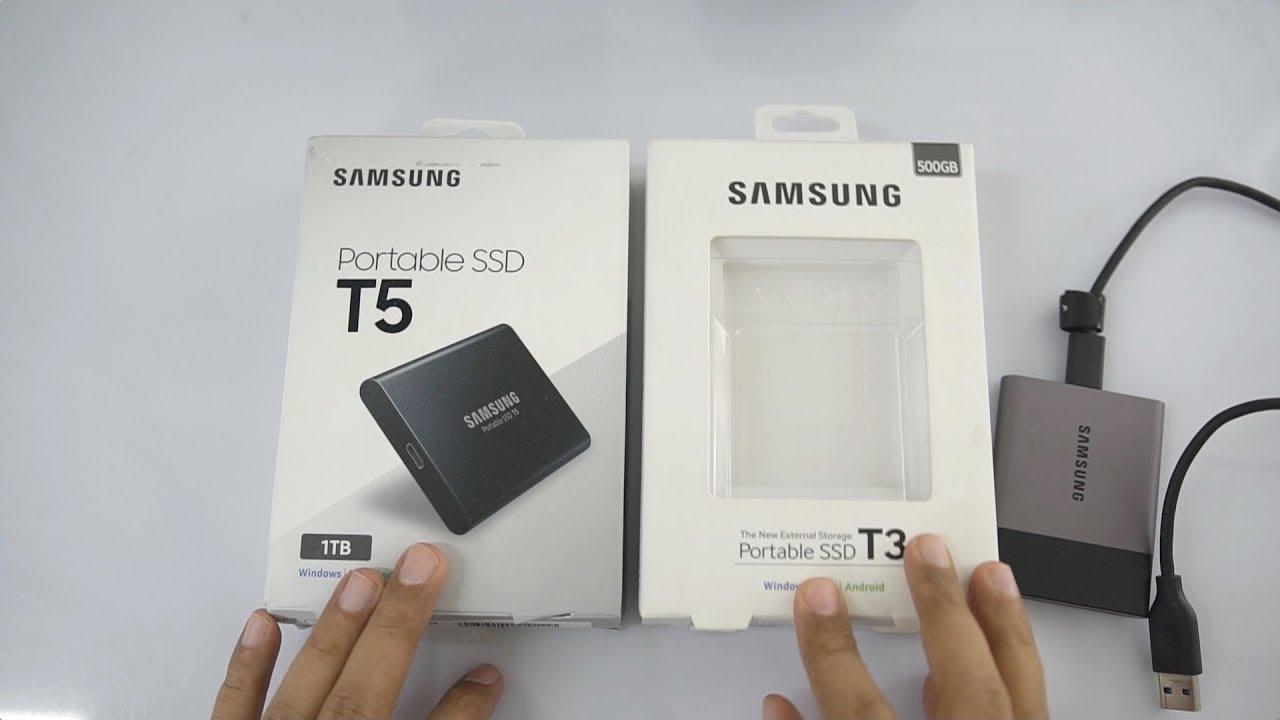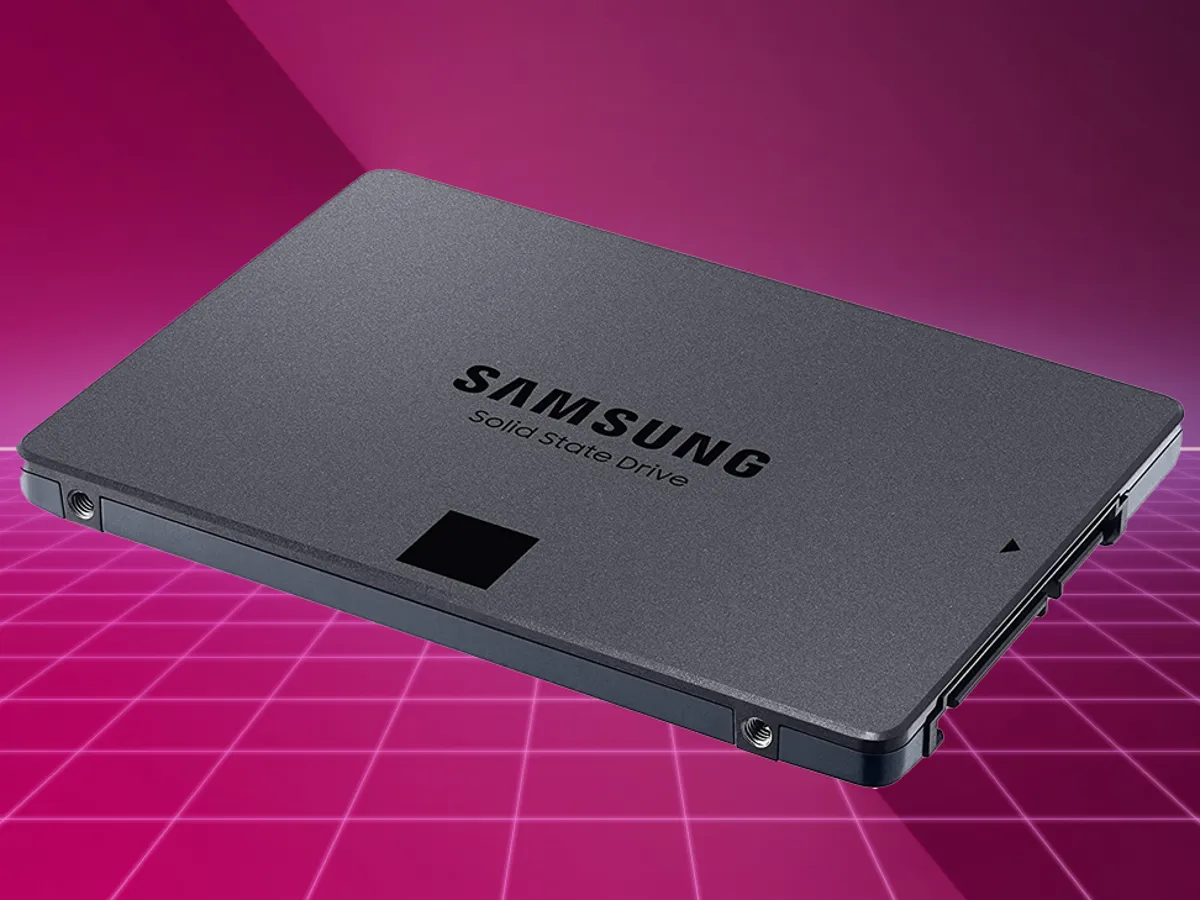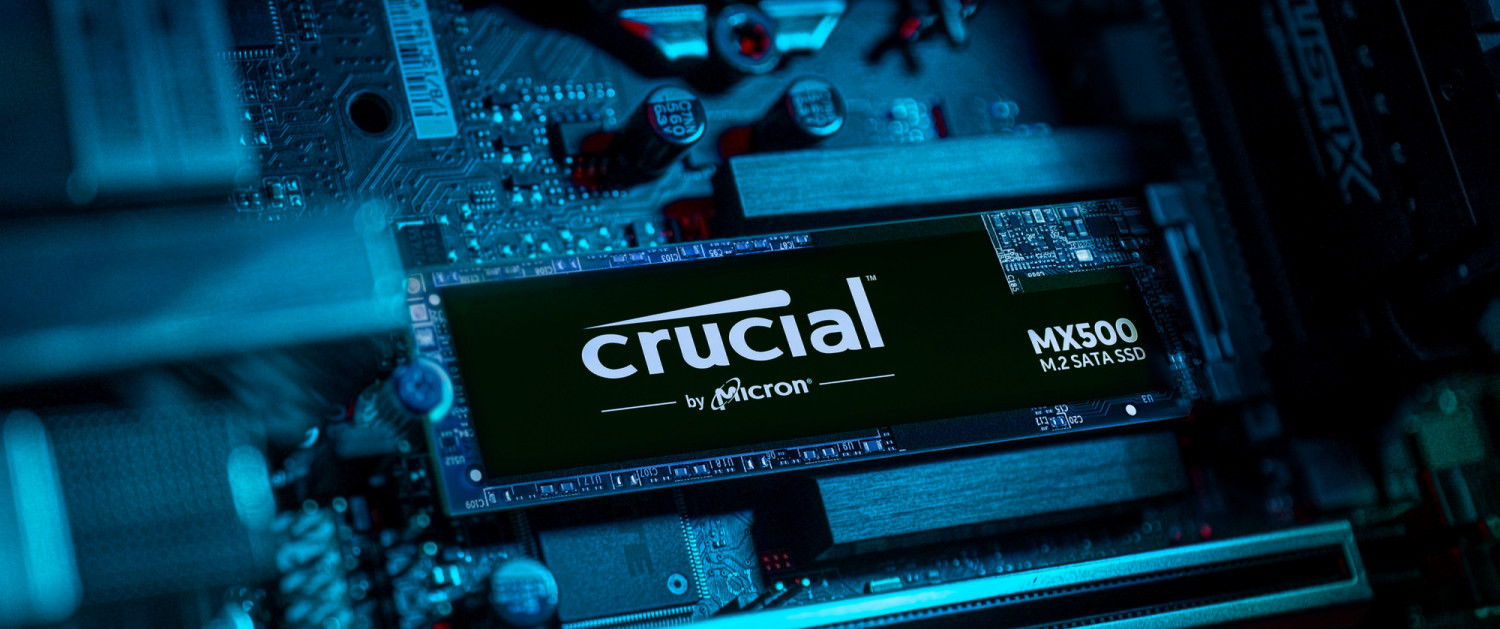Why Resetting Your SSD is Important
Resetting your SSD (Solid State Drive) is an essential task that can help maintain its performance and longevity. Over time, SSDs can accumulate unnecessary files, fragmented data, and system errors, which can slow down the drive and affect its overall efficiency. By performing a reset, you can restore your SSD to its original state, optimizing its functionality and ensuring it continues to operate at its best.
One of the main reasons to reset your SSD is to remove any residual data that may be lingering on the drive. When you delete files or perform regular operations on your computer, traces of these actions can still remain on the SSD. Although these remnants may not be immediately visible, they can gradually impact the performance and available storage space of your drive.
Resetting your SSD also allows you to start with a clean slate, eliminating any potential conflicts or compatibility issues that may have arisen over time. By wiping the SSD and reinstalling your operating system and applications, you can remove any system errors or software glitches that could be affecting the performance of your drive.
In addition to improving performance, resetting your SSD can also help enhance your data security. When you reset the drive, all existing data is permanently erased, making it difficult for anyone to retrieve sensitive information. This is especially important if you plan to sell or dispose of your SSD, as it ensures that your personal data remains protected.
Another advantage of resetting your SSD is the opportunity to reclaim storage space. The accumulation of temporary files, caches, and other unnecessary data can gradually fill up your SSD, reducing the available storage and potentially affecting its overall performance. By performing a reset, you can free up space and ensure that your SSD operates at its maximum capacity.
It is important to note that before resetting your SSD, you should always back up any important data. The reset process will erase all existing data on the drive, so it is crucial to have a copy of your files somewhere else.
In summary, resetting your SSD is crucial for maintaining its performance, improving data security, reclaiming storage space, and starting fresh. It allows you to remove residual data, eliminate system errors, and optimize the functionality of your drive. Remember to back up your data before proceeding with a reset to avoid losing any important files.
Things to Consider Before Resetting Your SSD
Resetting your SSD can provide numerous benefits, but it is essential to consider a few factors before proceeding with the reset. Taking these precautions will help ensure a smooth and successful reset process while minimizing any potential risks or complications.
1. Backup your data: Before resetting your SSD, be sure to back up all your important files and data. The reset process will erase all existing data on the drive, so having a backup is crucial to avoid losing any valuable information.
2. Check for firmware updates: It is recommended to check if there are any firmware updates available for your SSD before performing a reset. Updating the firmware can improve the drive’s performance and address any known issues, providing a better overall experience.
3. Understand the reset method: Different SSDs may require different reset methods. It is crucial to understand the specific reset process for your SSD model. Consult the manufacturer’s documentation or website to ensure you are following the correct steps.
4. Keep power source stable: During the reset process, it is important to maintain a stable power source. Any interruptions or power fluctuations during the reset can lead to data corruption or damage to the SSD. Connect your device to a reliable power source and avoid resetting during a power outage.
5. Prepare an installation media: Depending on the reset method, you may need an installation media, such as a bootable USB drive with the operating system or specific software. Prepare the necessary installation media in advance to ensure a seamless reset process.
6. Research manufacturer-specific software: Some SSD manufacturers offer their own software tools for resetting their drives. Research and familiarize yourself with any manufacturer-specific software that may be available. These tools may provide additional features or customization options for the reset process.
7. Understand the consequences: Resetting your SSD will erase all existing data, programs, and settings. Be aware that you will need to reinstall your operating system, applications, and restore any customizations or configurations after the reset. Make a note of any important settings or software licenses that you will need to reconfigure or reinstall.
8. Seek professional assistance if unsure: If you are unsure about resetting your SSD or are uncomfortable performing the process yourself, it is advisable to seek professional assistance. Contact a reputable computer technician or the manufacturer’s support for guidance and assistance.
By considering these factors before resetting your SSD, you can ensure a smooth and successful reset process. Remember to back up your data, understand the specific reset method for your SSD, and take necessary precautions to avoid any potential issues or complications.
Method 1: Performing a Secure Erase
Performing a secure erase is a reliable way to reset your SSD and ensure that all existing data is permanently erased. This method is particularly effective when you want to sell or dispose of your SSD, as it helps protect your personal information from falling into the wrong hands. Follow these steps to perform a secure erase on your SSD:
Step 1: Backup your data: Before proceeding with a secure erase, make sure to back up all your important data. This process will completely erase the contents of your SSD, so having a backup ensures that you don’t lose any valuable information.
Step 2: Determine your SSD’s compatibility: Not all SSDs support secure erase, so it’s important to check if your drive is compatible. Visit the manufacturer’s website or refer to the user manual to confirm secure erase support for your specific SSD model.
Step 3: Create a bootable USB: To perform a secure erase, you’ll need to create a bootable USB drive with a secure erase utility. Several third-party tools are available for this purpose. Research and select a reliable tool that is compatible with your SSD and download it.
Step 4: Boot from the USB drive: Insert the bootable USB drive into your computer and restart the system. Access the BIOS/UEFI settings and change the boot order to prioritize the USB drive. Save the changes and exit the BIOS/UEFI settings.
Step 5: Run the secure erase utility: Once your computer boots from the USB drive, follow the instructions provided by the secure erase utility. Typically, you’ll be presented with options to select the target SSD and proceed with the secure erase process. Confirm your selection and let the utility perform the secure erase operation.
Step 6: Verify the secure erase: After the secure erase process completes, remove the USB drive and restart the computer. Access your SSD management software or BIOS/UEFI settings to verify that the drive is now in a factory-like state. You should see that all data has been erased and the drive is ready for a fresh installation.
Step 7: Reinstall your operating system: To start using your SSD again, you’ll need to reinstall your operating system. Insert the installation media (CD, DVD, or USB) containing your operating system and follow the on-screen instructions to install the OS onto the SSD.
By following these steps, you can effectively perform a secure erase on your SSD, ensuring that all existing data is permanently erased. Always remember to back up your data, choose a compatible secure erase utility, and follow the instructions carefully to achieve a successful reset.
Method 2: Using Manufacturer-Specific Software
Many SSD manufacturers provide their own software tools that are specifically designed for resetting their drives. These software tools offer a convenient and reliable way to reset your SSD while taking advantage of any additional features or customization options. Follow the steps below to reset your SSD using manufacturer-specific software:
Step 1: Research and download the software: Visit the website of your SSD manufacturer and look for their specific software tool for SSD management. Download the software and ensure that it is compatible with your SSD model.
Step 2: Install the software: Once the software is downloaded, run the installer and follow the on-screen instructions to install it on your computer. Make sure to read and understand any prompts or agreements before proceeding.
Step 3: Launch the software: After the software is installed, launch it from the desktop shortcut or through the Start menu. Allow the software to initialize and detect your SSD.
Step 4: Select the reset option: Within the software interface, locate the option to reset or format your SSD. This may be labeled differently depending on the manufacturer’s software. Select this option to initiate the reset process.
Step 5: Confirm the reset: Before proceeding with the reset, the software may prompt you to confirm your action. Take a moment to double-check that you have backed up any important data since the reset will permanently erase all existing data on the SSD.
Step 6: Execute the reset: Once you have confirmed the reset, the software will begin the reset process. This may take some time, depending on the size and speed of your SSD. Allow the software to complete the reset without interrupting it.
Step 7: Verify the reset: After the reset process is complete, the software will typically provide a confirmation message. Take a moment to verify that the reset was successful and that your SSD is now in a factory-like state.
Step 8: Reinstall your operating system: With the reset completed, you will need to reinstall your operating system to start using your SSD again. Follow the necessary steps to install your preferred operating system onto the reset SSD.
By utilizing manufacturer-specific software, you can easily and efficiently reset your SSD. These software tools are designed to work seamlessly with their respective SSD models, providing a reliable and tailored solution for resetting your drive. Remember to research and download the appropriate software, carefully follow the software’s interface and prompts, and always proceed with caution to avoid any accidental data loss.
Method 3: Formatting Your SSD
Formatting your SSD is another method you can use to reset the drive back to its original state. This process involves erasing all data on the SSD and reinstalling the operating system and applications from scratch. Here’s how you can format your SSD:
Step 1: Backup your data: Before starting the formatting process, make sure to back up all your important files and data. Formatting will erase all data on the SSD, so having a backup is crucial to avoid losing any valuable information.
Step 2: Boot from installation media: Insert the installation media, such as a bootable USB drive or DVD, that contains your operating system. Restart your computer and access the BIOS/UEFI settings. Set the boot order to prioritize the installation media and save the changes.
Step 3: Begin the OS installation: Restart your computer again, and it should now boot from the installation media. Follow the on-screen instructions to begin the installation of your operating system. Depending on the OS, you may also have the option to format the SSD during the installation process.
Step 4: Choose the SSD for formatting: During the installation process, you will be prompted to select the target disk for installation. Locate your SSD in the list of available disks and choose it for formatting. Be careful not to select any other drives that contain important data.
Step 5: Format the SSD: Depending on the operating system and installation process, you may have different formatting options. Select the appropriate formatting option, such as “Format,” “Erase,” or “Delete partitions” related to your SSD. Confirm your selection to initiate the formatting process.
Step 6: Complete the OS installation: Once the formatting is complete, continue with the installation of your operating system. Follow the remaining prompts and instructions to set up your new OS on the formatted SSD.
Step 7: Reinstall your applications: After the operating system is installed, you will need to reinstall your applications. Use the original installation media or download the latest versions of your applications from their official sources. Follow the usual installation process for each application.
By following these steps, you can format your SSD and bring it back to its original state. Formatting removes all existing data, including the operating system and applications, allowing you to start fresh. Remember to back up your data, follow the OS installation prompts carefully, and reinstall your applications after formatting to ensure you can continue using your SSD smoothly.
Common Issues and Troubleshooting
While resetting your SSD can generally be a straightforward process, you may encounter some common issues or face challenges along the way. Here are a few common issues that users may encounter when resetting their SSD and some troubleshooting tips:
1. Incompatibility with secure erase: Some SSD models may not support the secure erase method. If you are unable to perform a secure erase, check the manufacturer’s website for alternative methods or tools specific to your SSD model.
2. Failure to boot from the installation media: If your computer is not booting from the installation media, ensure that the boot order is correctly set in the BIOS/UEFI settings. Verify that the installation media is properly created and functional. Try using a different USB port or recreating the bootable USB drive if necessary.
3. Incorrect disk selection: During the OS installation or formatting process, double-check that you are selecting the correct disk. Accidentally formatting the wrong disk can lead to permanent data loss. Take extra caution when selecting the target disk.
4. Installation errors or interruptions: Sometimes, errors or interruptions can occur during the OS installation process. Ensure that you have a stable power source and a reliable installation media. If errors persist, try using a different installation media or check for any hardware-related issues.
5. Software compatibility issues: When using manufacturer-specific software or third-party tools, make sure they are compatible with your specific SSD model and operating system. Check for any updates or patches that may resolve compatibility issues.
6. Failure to recognize the SSD: In some cases, the SSD may not be recognized by the system after the reset. Ensure that the SSD is properly connected and powered. Check the BIOS/UEFI settings to confirm that the SSD is detected. If necessary, consult the manufacturer’s support documentation or contact their support for further assistance.
7. Data loss due to insufficient backup: It is crucial to back up all important data before proceeding with a reset. In case of accidental data loss, having a backup ensures that you can restore your files. Always double-check that your backup is complete and up to date.
If you encounter any issues during the SSD reset process, it is recommended to refer to the documentation provided by the SSD manufacturer or seek assistance from their support team. They are equipped to provide guidance and troubleshooting specific to your SSD model.
Remember to exercise caution, double-check your actions, and follow the instructions carefully to avoid potential data loss or damage to your SSD. Troubleshooting can be a part of the reset process, and by being prepared and patient, you can overcome any challenges that may arise.
Conclusion
Resetting your SSD can be a valuable task to maintain its performance, improve data security, and reclaim storage space. By following the methods outlined in this article – performing a secure erase, using manufacturer-specific software, or formatting your SSD – you can reset your drive and bring it back to its original state.
Before proceeding with a reset, always remember to back up your important data to avoid any potential data loss. Take the time to research and select the appropriate method for your SSD model, ensuring compatibility and following the provided instructions carefully.
Performing a secure erase is an effective method for permanently erasing all data on your SSD, protecting your privacy and ensuring a fresh start. Manufacturer-specific software offers convenience and additional features tailored to your SSD model. Formatting your SSD can also provide a clean slate, allowing you to reinstall your operating system and applications from scratch.
Throughout the reset process, it is important to be cautious, double-check your actions, and follow the guidance provided by the SSD manufacturer or relevant software. Troubleshooting can sometimes be necessary, and in case of any complications, seek assistance from the manufacturer’s support team or a knowledgeable professional.
By taking the necessary precautions and following the appropriate reset method, you can prolong the life of your SSD, enhance its performance, and maintain a secure and efficient storage solution for your data.









